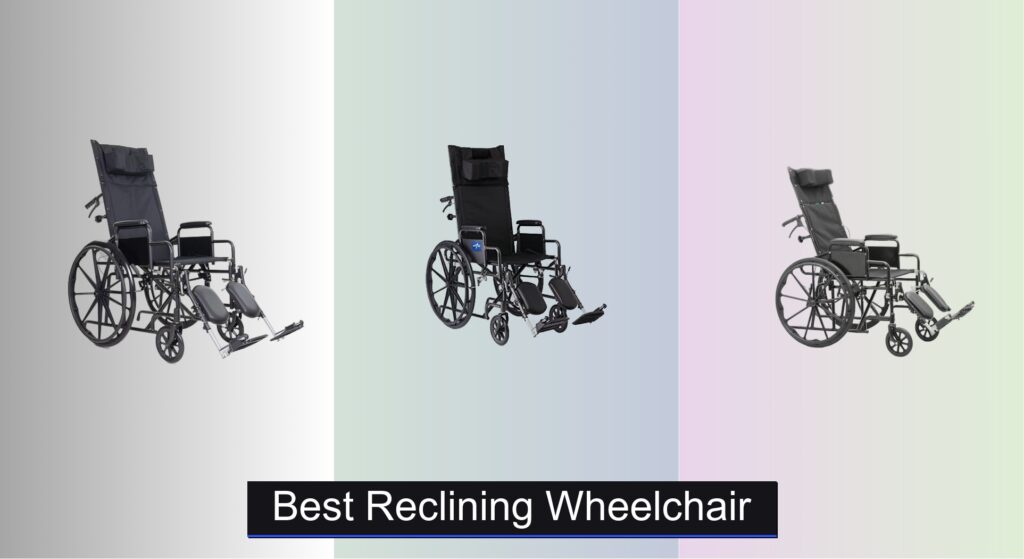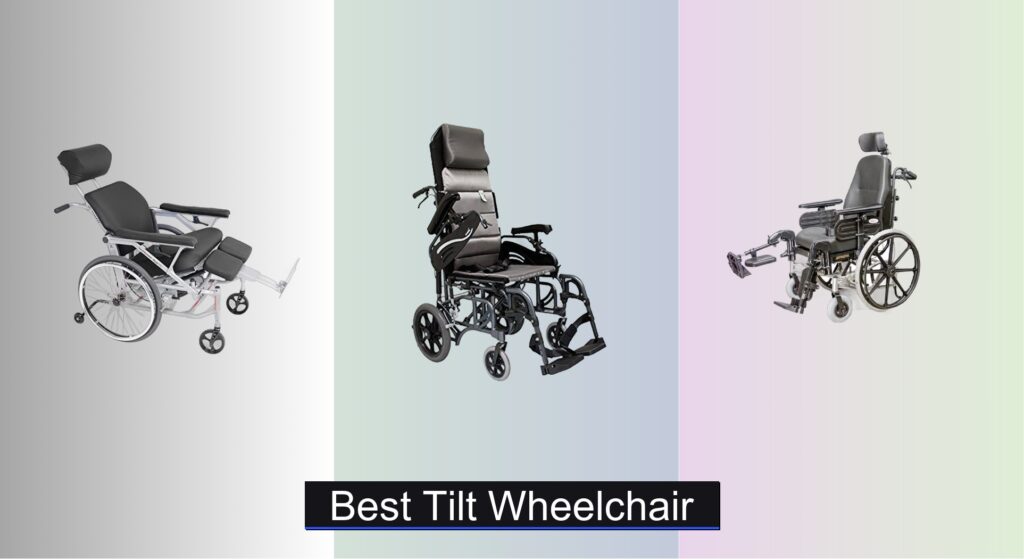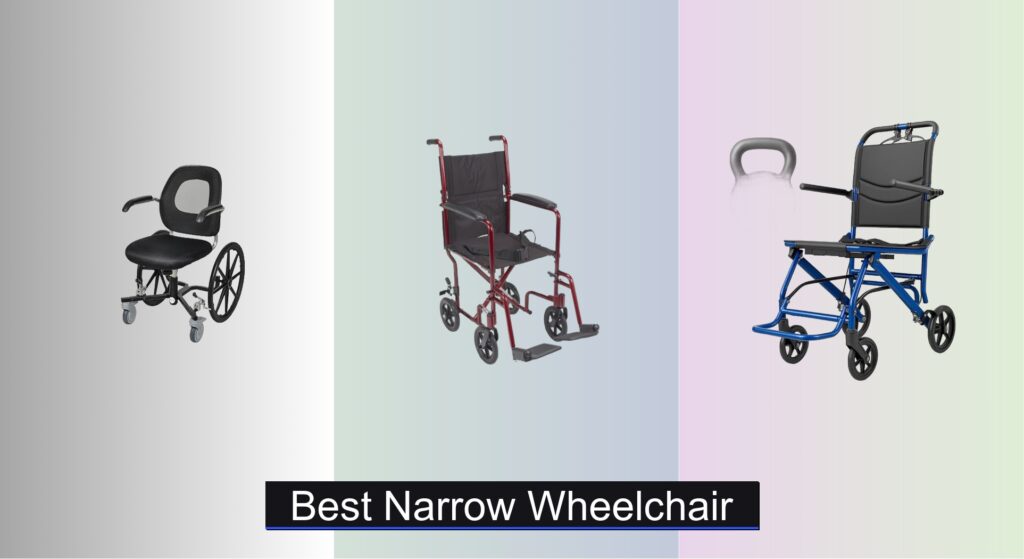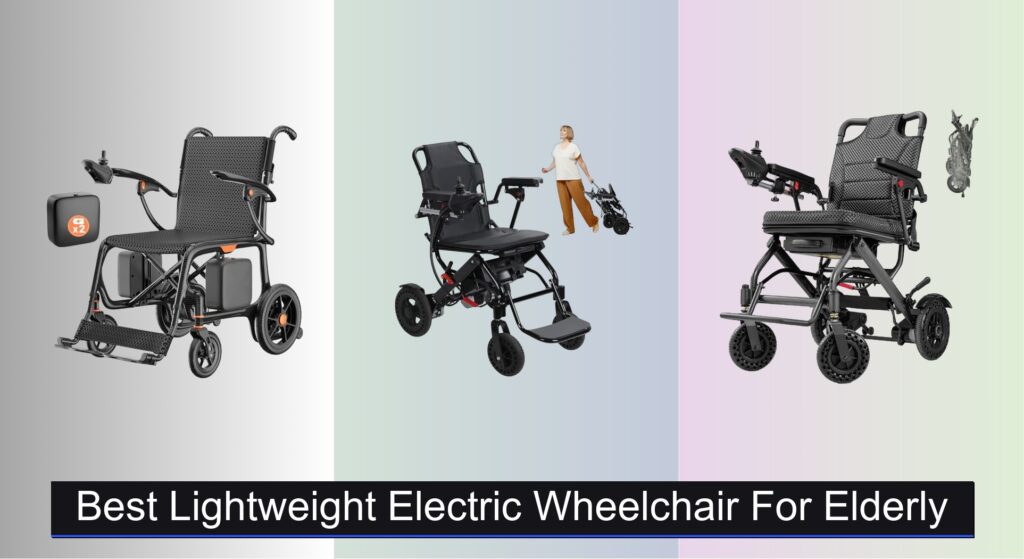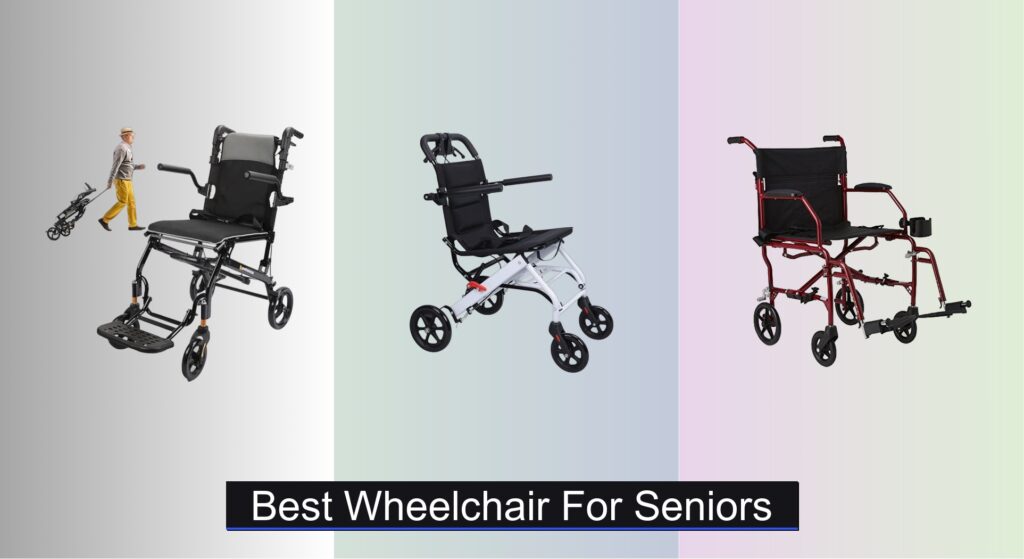For individuals managing mobility challenges, prolonged sitting can lead to discomfort, pressure sores, and poor circulation—making the right wheelchair essential for both health and independence. A reclining wheelchair offers critical relief by allowing users to adjust their position, redistribute pressure, and improve blood flow, especially for those with limited mobility or extended sitting needs. We analyzed over 50 models, evaluating real-world performance, durability, and user feedback to identify the top performers.
Our top picks balance recline range, weight capacity, and comfort features like adjustable leg rests, breathable upholstery, and smooth-operating mechanisms—prioritizing models that support medical needs and daily usability. Whether you need full 180-degree recline or lightweight portability, our selections are backed by in-depth research and user-centered testing. Below are the best reclining wheelchairs that deliver reliability, comfort, and value.
Best Options at a Glance

Vive Mobility Reclining Wheelchair
Best Overall
- 180″
- 300 lbs
- 18″
- Elevating, Adjustable
- 24″ rear, 8″ front

Medline Reclining Wheelchair
Best Budget Friendly
- 16″ x 18″
- 90-140 degrees
- Elevating
- Desk-Length
- Carbon Steel

SFIHOME High Back Reclining Wheelchair
Best for Heavy-Duty Use
- High back with removable headrest
- 90″ – 170″
- 300 lbs
- 8″ front, 24″ rear
- Swing-away, adjustable

WheelWavi Foldable Electric Wheelchair
Best for Long Travel
- 20 miles
- 500W
- 6 mph
- 3 seconds
- 90″–140″

Lightweight Reclining Travel Wheelchair
Best Lightweight Design
- 286lbs
- 18.11in
- 90″ to 175″
- 60″ reversible
- Aluminum

Athena Collection Reclining Wheelchair
Best Value for Money
- 250″ / 300″ lbs
- 32″ inches
- 90″ to 170″ degrees
- Steel
- Handbrake and rear brake

ProHeal Chariot-RC Reclining Wheelchair
Best Full Recline Support
- 300LB
- 90 to 180 degrees
- Nylon
- Elevating with pneumatic piston
- Rear anti-tippers

Reclining Electric Wheelchair 21″
Best for All-Terrain Mobility
- 20 miles
- Lightweight
- 21″
- 250W*2
- 90u00b0-160u00b0
Best Reclining Wheelchair Review
How to Choose the Right Reclining Wheelchair
Choosing a reclining wheelchair involves more than just finding one that looks comfortable. The right chair can significantly improve quality of life, offering pressure relief, enhanced comfort, and increased independence. Here’s a breakdown of key features to consider:
Recline Angle & Mechanism
The degree of recline is arguably the most important factor. Wheelchairs offer varying recline angles, ranging from 90 to 180 degrees. A partial recline (90-140 degrees) is suitable for those needing moderate pressure relief or assistance with transfers. Full recline (180 degrees), often referred to as a “zero-gravity” position, provides maximum pressure distribution, aiding circulation and reducing fatigue – ideal for individuals who spend extended periods in the chair or require assistance with breathing.
The mechanism enabling recline is also important. Hydraulic mechanisms offer smooth, infinite adjustments, allowing for precise positioning. Manual recline is generally more affordable but offers fewer adjustment options. Consider how easily you (or your caregiver) can operate the recline mechanism.
Weight Capacity & Frame Durability
Reclining wheelchairs need to be robust to handle the stresses of frequent adjustments and the user’s weight. Weight capacity is a critical specification – always choose a chair that exceeds your weight. Beyond the stated limit, prioritize frame material. Steel frames offer superior strength and durability, especially for heavy-duty use. Aluminum frames are lighter, making the chair more portable, but might have a lower weight capacity. Check for reinforced frame construction, particularly around the recline mechanism, to ensure long-term reliability.
Leg Rest Features
Elevating leg rests are a significant benefit in a reclining wheelchair. Height-adjustable leg rests allow for customized positioning to reduce swelling and promote healthy circulation. Swing-away leg rests are crucial for easier transfers in and out of the chair. Look for leg rests with calf support pads to further enhance comfort and prevent pressure points. The ease of adjusting these features is also important, especially for users with limited dexterity.
Additional Comfort & Convenience Features
Beyond the core features, several other aspects can impact your experience:
- Headrest: Adjustable or removable headrests provide crucial neck and head support, especially when fully reclined.
- Armrests: Padded armrests enhance comfort, and adjustable or removable armrests aid transfers.
- Wheel Type & Size: Larger rear wheels (24”+) provide easier maneuverability on varied terrain.
- Brakes: Reliable locking brakes are essential for safety during transfers and when stationary.
- Upholstery: Breathable materials like nylon or mesh prevent overheating and improve comfort.
- Portability/Foldability: If you plan to travel with the wheelchair, consider a foldable model for easy transport and storage.
Reclining Wheelchair Comparison
| Product | Recline Angle | Weight Capacity (lbs) | Leg Rest Features | Frame Material | Portability/Foldability | Special Features |
|---|---|---|---|---|---|---|
| Vive Mobility Reclining Wheelchair | 180 degrees | 300 | Elevating, height-adjustable, swing-away | Reinforced Steel | Foldable | Zero-gravity comfort, Ergonomic neck support |
| Medline Reclining Wheelchair | 90-140 degrees | 300 | Swing-away, elevating | Carbon Steel | Foldable | Hydraulic reclining, Lightweight mag wheels |
| SFIHOME High Back Reclining Wheelchair | 90-170 degrees | 300 | Swing-away, height-adjustable, calf support | Steel | Foldable | Enhanced high back support, Removable headrest |
| WheelWavi Foldable Electric Wheelchair | 90-140 degrees | N/A | Adjustable | Steel | Foldable (3 seconds) | Long range (20 miles), All-terrain, Electric |
| Lightweight Reclining Travel Wheelchair | 90-175 degrees | 286.6 | Adjustable | Aluminum | Foldable | Adjustable backrest & headrest, Dual Suspension |
| Athena Collection Reclining Wheelchair | 90-170 degrees | 300 | Swing-away, height-adjustable | Steel | Foldable | High back support, Removable headrest |
| ProHeal Chariot-RC Reclining Wheelchair | 90-180 degrees | 300 | Elevating, pneumatic piston | Steel | Foldable | Full recline, Anti-tip design, Detachable armrests |
| Reclining Electric Wheelchair 21″ | 90-160 degrees | N/A | Adjustable | N/A | Foldable | Electric, All-terrain, Reclining, Liftable armrests |
Our Reclining Wheelchair Testing & Analysis Process
When identifying the best reclining wheelchair options, we prioritize a data-driven approach. Our evaluations extend beyond manufacturer specifications, focusing on real-world usability and long-term reliability. We analyze a broad spectrum of data points, including user reviews from verified purchasers across multiple platforms (Amazon, medical supply retailers, independent review sites) to identify recurring themes regarding comfort, durability, and ease of operation.
We meticulously compare reclining wheelchair features – recline angles, weight capacities, frame materials (steel vs. aluminum), and leg rest functionalities – against established medical guidelines for pressure relief and postural support. Independent research on wheelchair design and biomechanics informs our assessments.
While extensive physical testing of every model isn’t always feasible, we prioritize analyzing test results published by independent organizations and conducting simulated use-case evaluations where possible. We also examine warranty information and customer service responsiveness as indicators of manufacturer confidence and support. Our goal is to present a curated selection of reclining wheelchairs backed by robust data and informed analysis, helping users make confident decisions based on their individual needs and the ‘Buying Guide’ recommendations.
FAQs
What recline angle is best for pressure relief?
A full recline (180 degrees), also known as a “zero-gravity” position, provides the maximum pressure distribution, improving circulation and reducing fatigue. However, a partial recline (90-140 degrees) can be sufficient for moderate pressure relief and assistance with transfers. Choosing the best reclining wheelchair depends on individual needs.
What frame material should I choose for a reclining wheelchair?
Steel frames offer superior strength and durability, making them ideal for heavier users or those needing a robust chair. Aluminum frames are lighter and more portable but may have a lower weight capacity. Consider the user’s weight and how frequently the chair will be transported when selecting a reclining wheelchair.
Are elevating leg rests important on a reclining wheelchair?
Yes, elevating leg rests are highly beneficial. Height-adjustable leg rests help reduce swelling and promote healthy circulation, while swing-away leg rests make transfers in and out of the chair much easier. These features enhance the comfort and functionality of a reclining wheelchair.
How do I ensure a reclining wheelchair is the right size for me?
Always check the weight capacity and seat dimensions of the reclining wheelchair. The seat width should allow for comfortable seating with approximately 1 inch of clearance on each side. Consider your height and torso length for appropriate backrest height.
Final Thoughts
Ultimately, selecting the best reclining wheelchair is a personal journey. Carefully consider your specific needs – recline angle, weight capacity, portability, and desired comfort features – to find a chair that truly enhances your independence and quality of life.
Investing in a well-chosen reclining wheelchair can provide significant benefits, from pressure relief and improved circulation to increased comfort and ease of transfer. Don’t hesitate to consult with a medical professional or wheelchair specialist to ensure you make the most informed decision.

